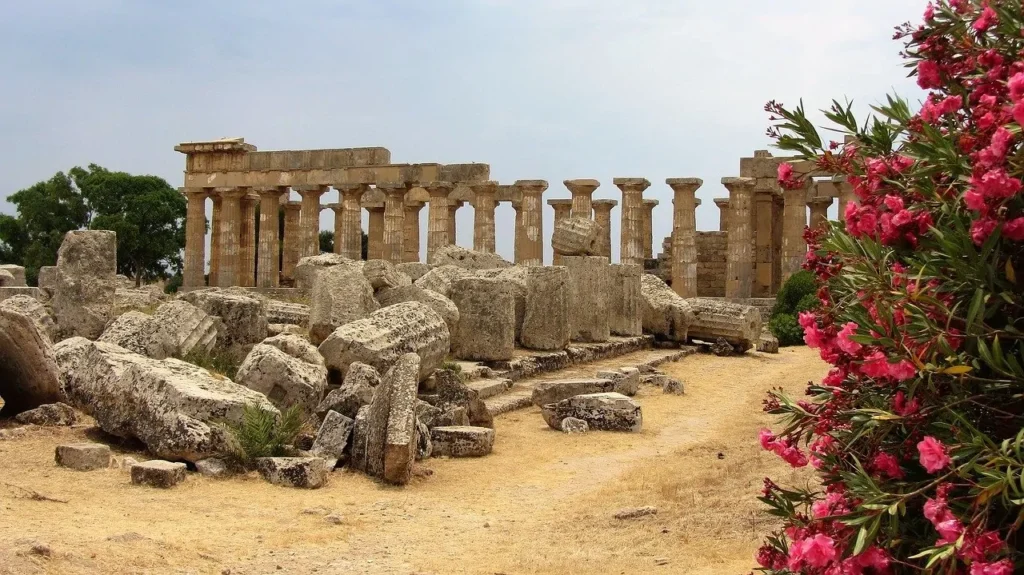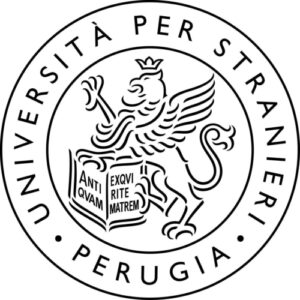Travel writer Horatio Clare has been to all countries, or most, but there’s one place inhabited for millennia that’s particularly special to him: the Italian island of Sicily. This is an excerpt from “From Our Own Correspondent” a BBC Radio broadcast you can listen to here, starting at 22’25”.
His brief account tells quite clearly why in this part of the world you can feel so strongly the presence of ancient cultures, the layers of history that live side by side in a relatively small area dotted with outstanding archaeological sites and monumental town centres, all surrounded by a fertile land end enclosed by a crystal clear blue sea.
No wonder if the world’s leading tech company has chosen this place for its annual get-together: busy people want to make their most of what little time they have available, and Sicily can offer a uniquely rewarding travel experience, intellectually stimulating and totally enjoyable for all five senses.
“Stand on this hilltop and turn slowly, following your gaze across the browns, the dusty silvers and leonine golds of western Sicily in autumn. This undulating land stores the heat of the year as hues in the rocks, in the stubborn and ripening vines.
To the northwest, overlooking Trapani, is Erice, a mountain with a town on top, where the Phoenicians worshipped Astarte around 600 B.C. a goddess of love, from what is now Syria. The Greeks called their version Aphrodite and practiced sacred prostitution there. Sailors who purchased favours from the priestesses were promised protection from storms.
Turning southwest there’s Selinunte, a Greek city from 400 B.C. exquisitely sited overlooking the sea. Its temples to Hera and Athena were painted red and green and blue; they would have looked startlingly Eastern compared to their austere white now.

Beyond, is one of my favourite places, Mazara del Vallo, where the Arabs landed, the “Saraceni”, bringing Islam to Sicily in 827AD. The patterns and arches of Mazara’s 12th century cathedral were designed by conquering Normans and conquered Muslim architects and craftsmen working together. Mazara also has the Dancing Satyr, a Greek bronze sculpture, apparently caught several times by irritated fishermen and thrown back until it was brought ashore in 1998 and declared a masterpiece of world art.
From the Normans onwards, you can follow Christianity’s progress in domes and towers from town to sun-faded town, like Castelvetrano, famous for olives and the mafia until having turned 180°, you face southeast. The sea lies quiet, trawlers plod across the blue to Sciacca, their holds full of anchovies and sardines. The catch, crews say, is good. In Sciacca for the last few years, my friend Salvo reports, they’ve held Google Camp, a getaway for that company’s high flyers. We may not worship Google but most of us place our trust in its search engine. And so it is that this gentle panorama reveals 26 centuries of human faith.

There are ghosts here too. Salvo, a young sociologist turned wine expert, could tell you all about the feudal misery which cursed this place until the mid-20th century, filling fields and villages with near-starving people who emigrated in their thousands to America. Below us collapses a town of roofless ruins. Poggioreale was abandoned after an earthquake in 1968.
In a town down the road Giovanni, a winemaker, said “yes, our young used to live on the strength of their arms, now they go with the part of their brains”. I love Sicily for all this. It’s beauty, it’s history, it’s the habit of showing good and evil at their most unmistakable and for the way Sicilians delight in telling suggestive stories. When he was a scholar, Salvo published two books on links between the church and the mafia.
The current head of the Sicilian branch, Cosa Nostra, which means “our thing”, is Matteo Messina Denaro, a Castelvetrano man who goes by the nickname Diabolik. “He’s been in hiding since 1993” Salvo said, “somewhere in our view”. There’s no irony like Sicilian irony and its 2020 version is particularly sharp.
Not since the Romans made this the basket of imperial corn production has our panorama yielded such riches as now. As well as the fruit, fish and prawns constantly trucked north, thousands of acres of vines produce wine for enthusiasts worldwide. Giovanni says this year’s vintage will be low volume thanks to unusual heat, but notably high quality.
And normally there would be many tourists here, rejoicing in Sicily’s bounties of sun, sea and stories. Before COVID-19 this island was booming. Its antique capital Palermo with its now pedestrianised streets is massively popular, the new Marrakech.
Now Ambra, Salvo’s partner, a dynamic palermitana complains that since mayor Leoluca Orlando loosened the mafia’s grip on transports and refuse collection contracts there are too few buses and too much uncollected rubbish. Diabolik’s businesses now are drugs, extortion and prostitution, she says scornfully, in the same tone she damned the mayor. Perhaps more than any other people Sicilians give the impression of having seen it all.
I lived here 15 years ago and I’ve missed it terribly. Even for travel writers the so-called new normal means fewer and shorter flights, a good thing. But even if you went abroad only once every few years I would advise Sicily, especially Western Sicily, for amid these eternal hills where human life can seem as brief and frail as a butterfly’s you do seem to float over mosaics of faith and time”.








© 2023 Scuola Virgilio, all rights reserved. Scuola Virgilio Soc. Coop. – Via Osorio, 24 – 91100 Trapani (TP), Italy
P. IVA: IT02428030817 | Tel. +39 0923 360804 | Mob. +39 334 3983284 | Whatsapp +39 334 3983284 | info@scuolavirgilio.com
WhatsApp us
WhatsApp us